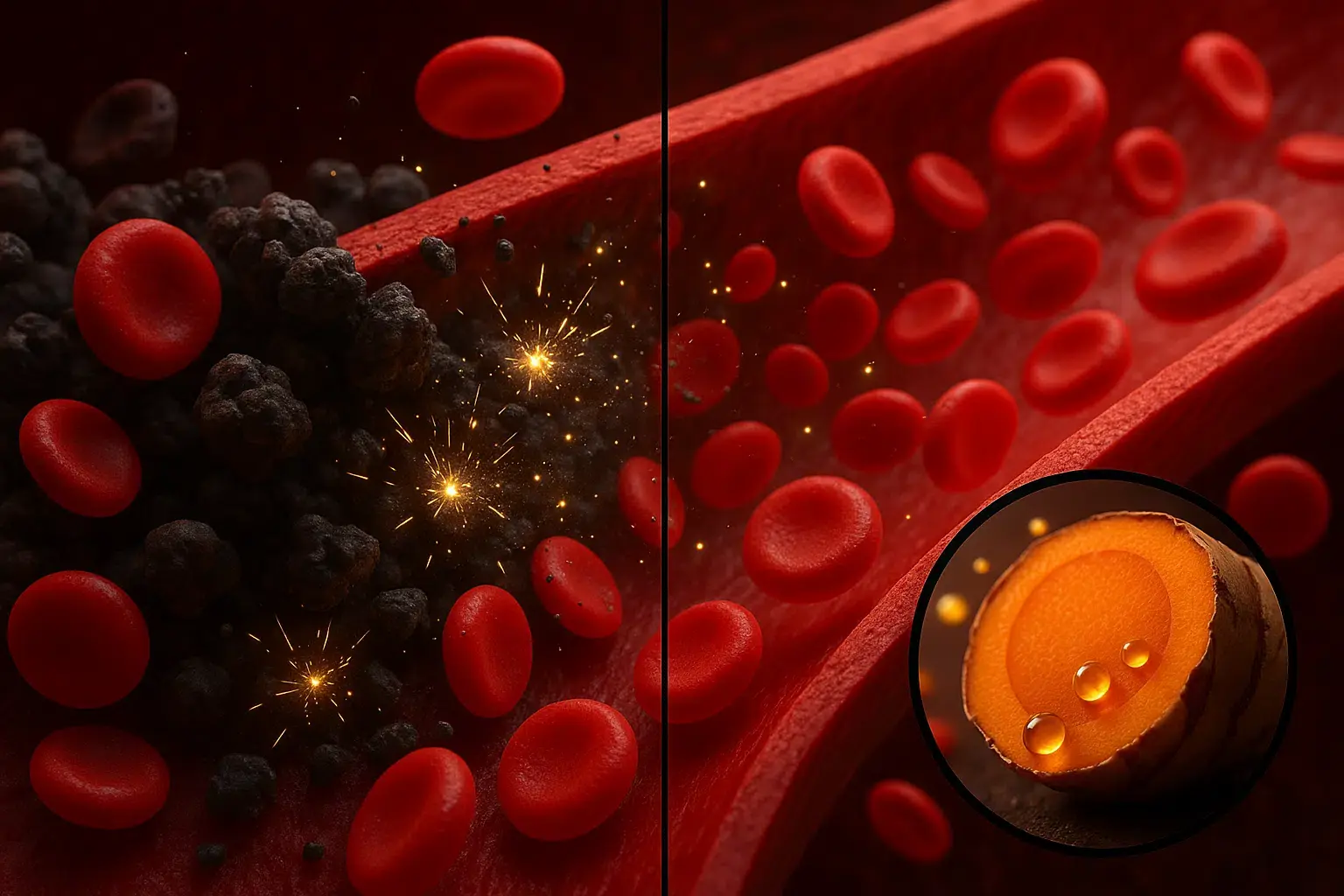
Why Bath Towels Have Lines — And What They Actually Do
Bath towels are something we use every day, but few of us ever stop to think about their design. Those subtle lines that run across your towel aren’t just for decoration — they’re carefully engineered to improve how your towel works, feels, and lasts.
Let’s take a closer look at what these lines really do — from boosting absorbency to increasing durability — and why they’re an important detail in towel design.
1. Function Over Fashion: The Real Purpose of Towel Lines
The lines on bath towels, often called tread lines, are woven into the fabric to make towels more absorbent and long-lasting. These lines create tiny ridges and channels that increase the towel’s surface area, helping it soak up water more effectively.
They also help the towel stay strong. The raised and lowered sections spread out tension during use, so your towel wears out more slowly and stays soft after many washes.
2. Better Absorbency, Faster Drying
Lines aren’t just about soaking up water — they also help your towel dry faster. The ridged texture allows air to move more easily between the fibers, speeding up evaporation. This keeps your towel fresher and helps prevent mold or odor from forming in damp bathrooms.
Towels made from absorbent fibers like cotton benefit even more from this design, which can increase their moisture-holding capacity by up to 20%.
3. Strength and Shape Retention
Without those woven lines, towels can lose their shape or stretch out over time. The pattern of lines reinforces the structure, preventing sagging and uneven wear. That’s why premium towels with more intricate line patterns often last much longer than flat-weave ones.
4. Style Meets Function
Of course, the lines on towels aren’t purely practical — they also add to the look. Designers use them to create elegant patterns, from simple stripes to geometric designs. This gives towels a polished, high-end appearance that can elevate your bathroom décor.
Well-placed lines also create visual texture, making towels look thicker and more luxurious.
5. The Weaving Behind the Lines
Those lines come from specific weaving techniques. Two of the most common are:
-
Tread weaving, which raises certain threads to form ridges.
-
Dobby weaving, which uses special looms to create small, repeating geometric patterns.
Both methods not only make towels more attractive but also help them absorb and release water efficiently.
6. Materials Matter
The best results come from pairing these weaving methods with high-quality fibers. Egyptian and Turkish cotton are prized for their softness and absorbency, while bamboo and microfiber offer eco-friendly or quick-drying alternatives. Each type has its own strengths depending on your preferences.
7. Durability and Sustainability
Modern towel makers are also rethinking production. Traditional weaving methods require lots of water and energy, but many brands now use eco-friendly techniques — from organic cotton to water-saving looms. The result? Softer, longer-lasting towels with a smaller environmental footprint.
8. Innovation in Every Thread
The towel industry isn’t standing still. New advances include nanotechnology coatings that resist bacteria and “smart” towels with sensors that detect moisture and signal when it’s time to wash them.
These innovations combine comfort with cleanliness — showing that even an everyday item like a towel can evolve.
9. What Consumers Really Want
When buying towels, most people prioritize absorbency and softness — and the presence of well-crafted lines enhances both. Shoppers also care about appearance: neatly woven lines give a sense of luxury and attention to detail.
The ideal towel, therefore, strikes a balance between functionality, comfort, and style — all thanks to those seemingly simple lines that do much more than meet the eye.
News in the same category


Gordon Ramsay shares health update as he reveals why he "had to come clean" over cancer diagnosis

KIM KARDASHIAN FAILS THE CALIFORNIA BAR EXAM
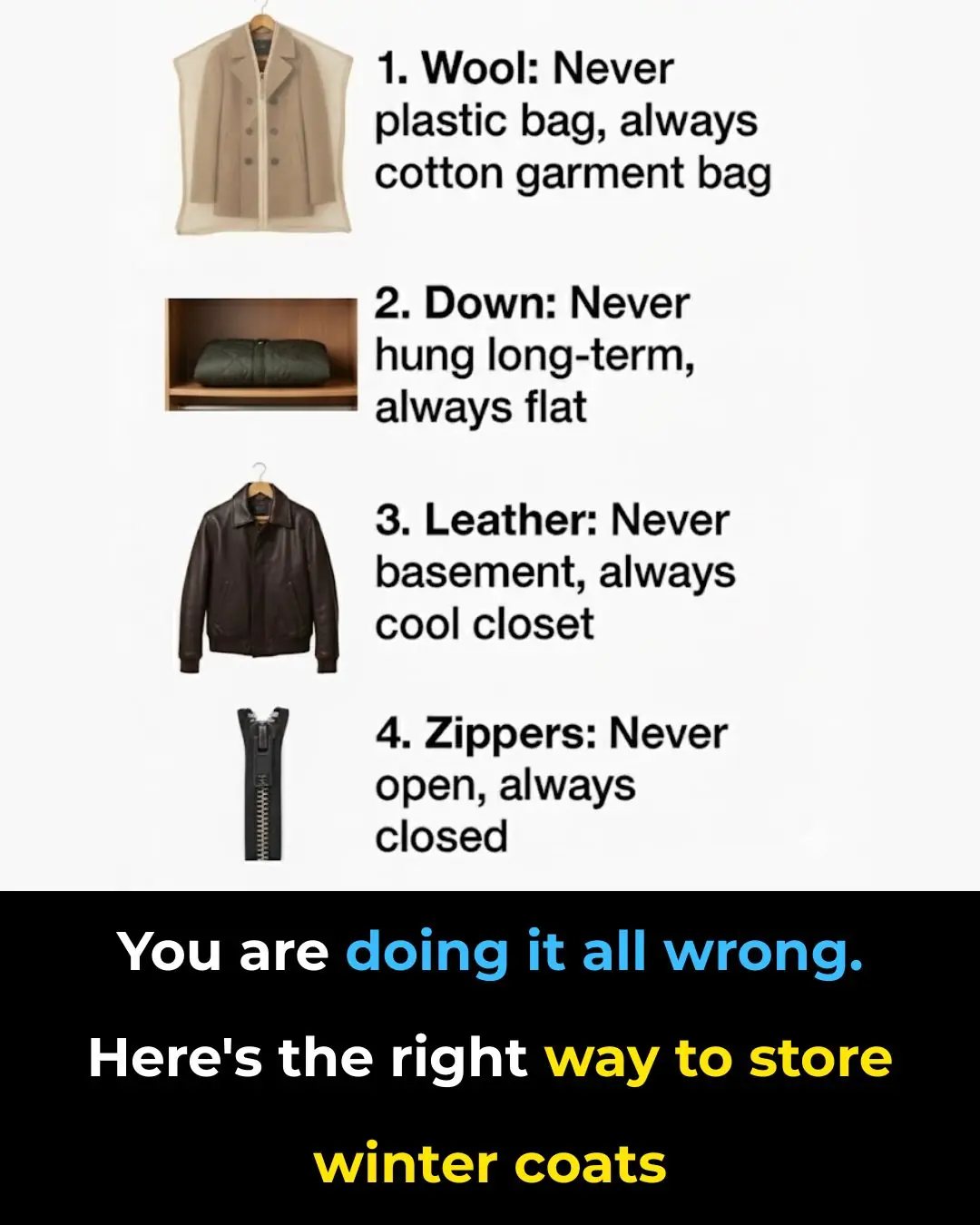
You’re Storing Your Winter Coats All Wrong — Here’s How to Do It Right

Prince Harry and Meghan Markle roasted over deleted Kris Jenner birthday photos as fans speculate ‘embarrassing’ reasons why
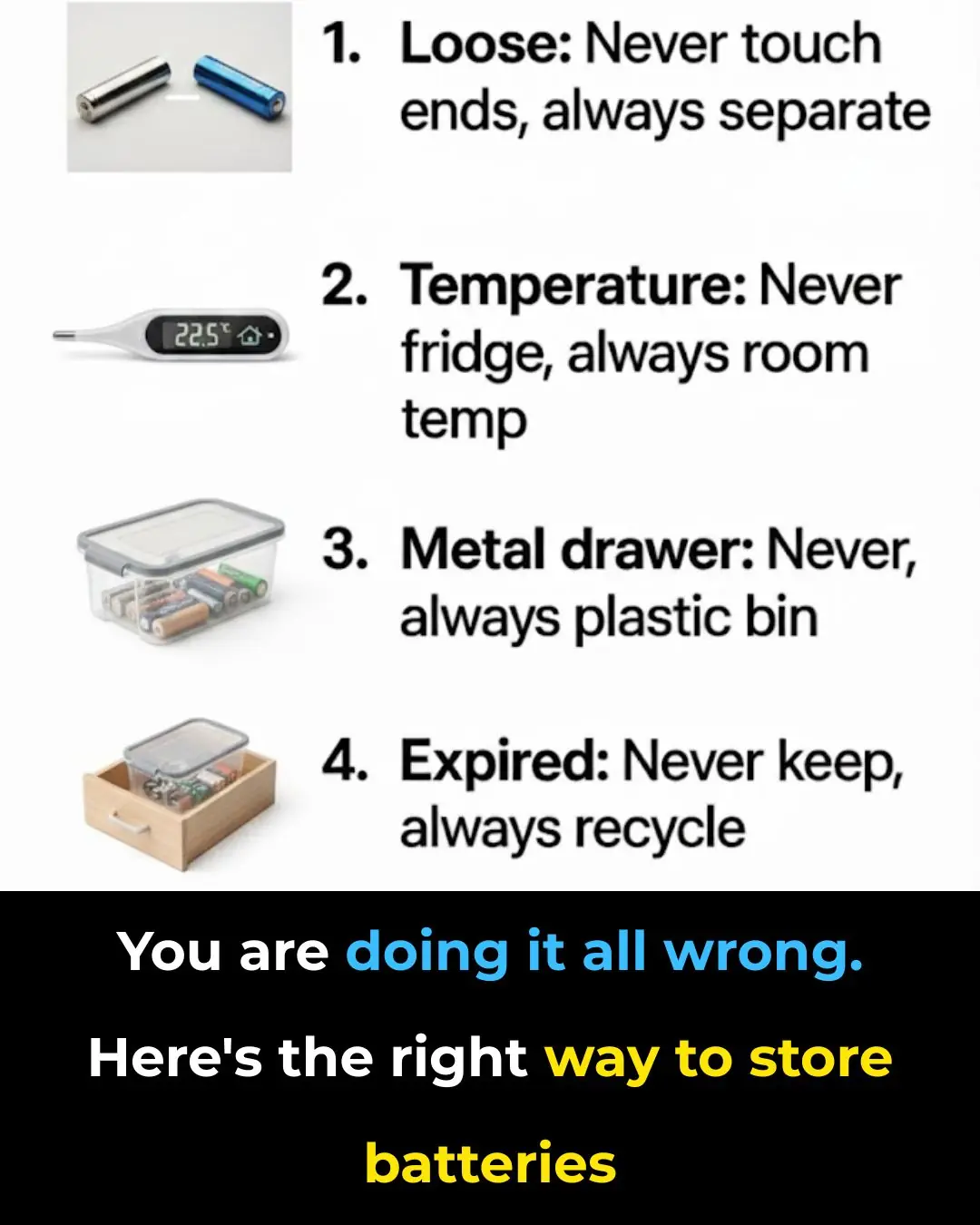
You’re Storing Your Batteries Wrong — Here’s How to Do It Right
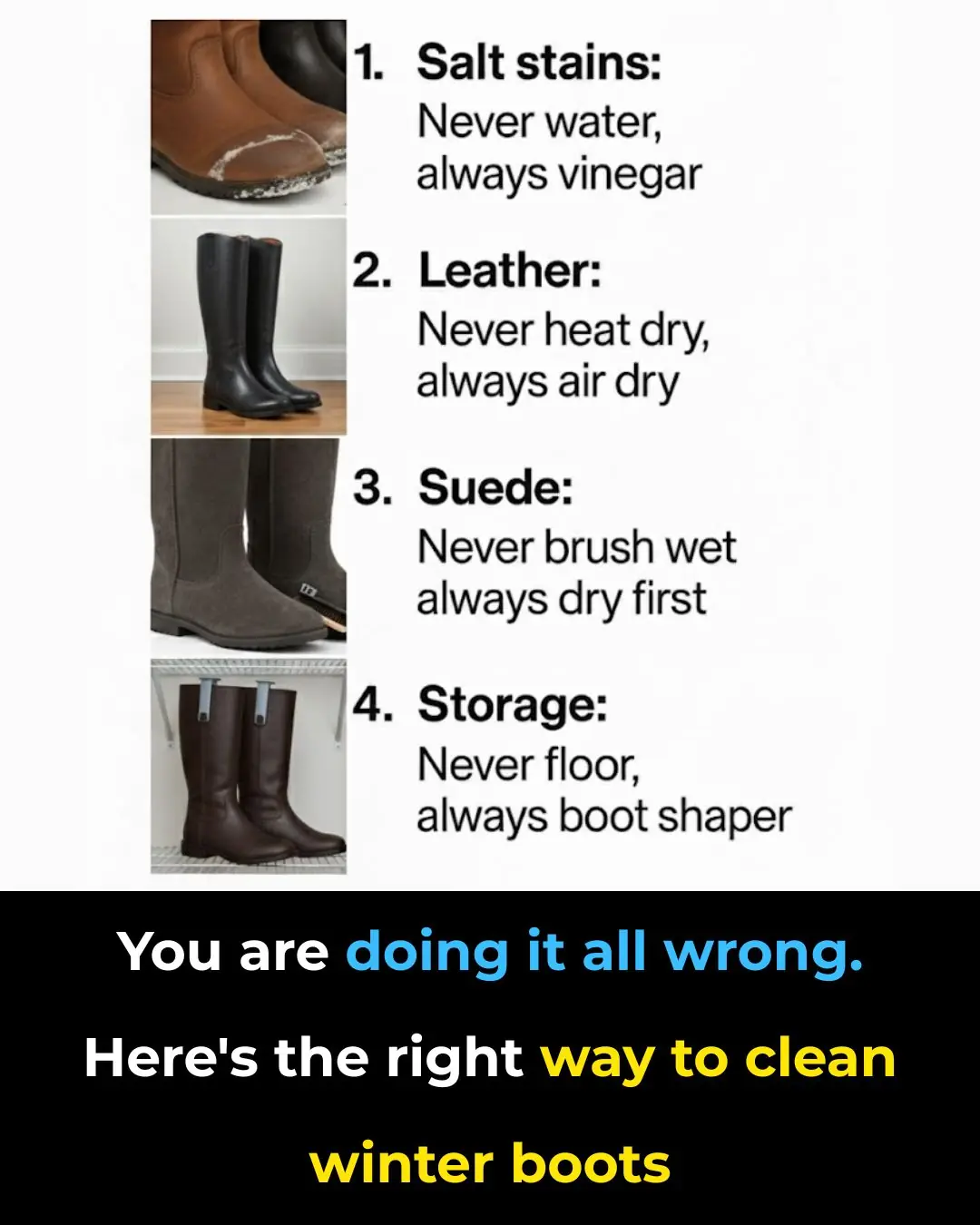
The Right Way to Clean and Care for Your Winter Boots

Why You Should Regularly Clear Cookies on Your Smartphone

The One Show’s Alex Jones in tears as she makes emotional announcement: ‘We are all so proud of you

Tom Fletcher ‘excited’ to perform with son Buzz for ‘truly special’ moment on Children in Need

WENDY WILLIAMS DOES NOT HAVE FRONTOTEMPORAL DEMENTIA

‘Broke My Heart!’: Arkansas Woman Drove Hours to Confront Pastor She Was Having an Affair with, Then Shot Him Dead in Front of His Wife

‘Had Security Called on Me 13 Times’: White Fans Tried to Get Black Woman Removed from Floor Seats at Jonas Brothers Concert Then It Backfired

‘Do You Have That Same Smoke? I’m Sick Of It’: Stephen A. Smith Believes His Rebuttal To Michelle Beadle and Cari Champion Is Giving Them The ‘Attention’ They Seek

5 Early Cancer Symptoms You Must Not Overlook

Angus T. Jones, Who Played Jake Harper, Left The Show “Two And A Half Men” 9 Years Ago – This Is Him Today

I'm A Celebrity's Joel Dommett announces wife's pregnant with second child

Hollywood icon Sally Kirkland, 84, enters hospice after dementia diagnosis
News Post
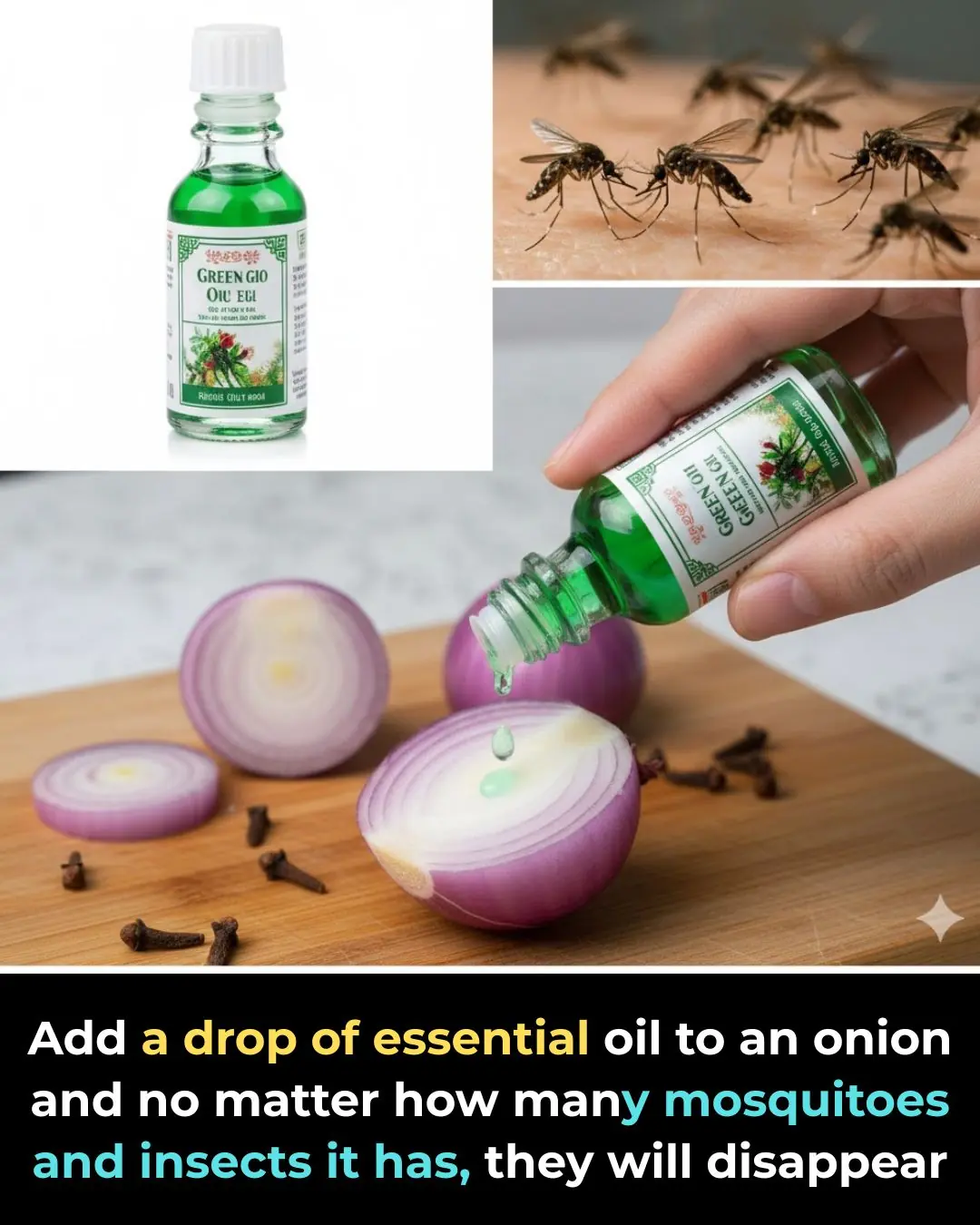
Add a drop of essential oil to an onion and no matter how many mosquitoes and insects it has, they will disappear
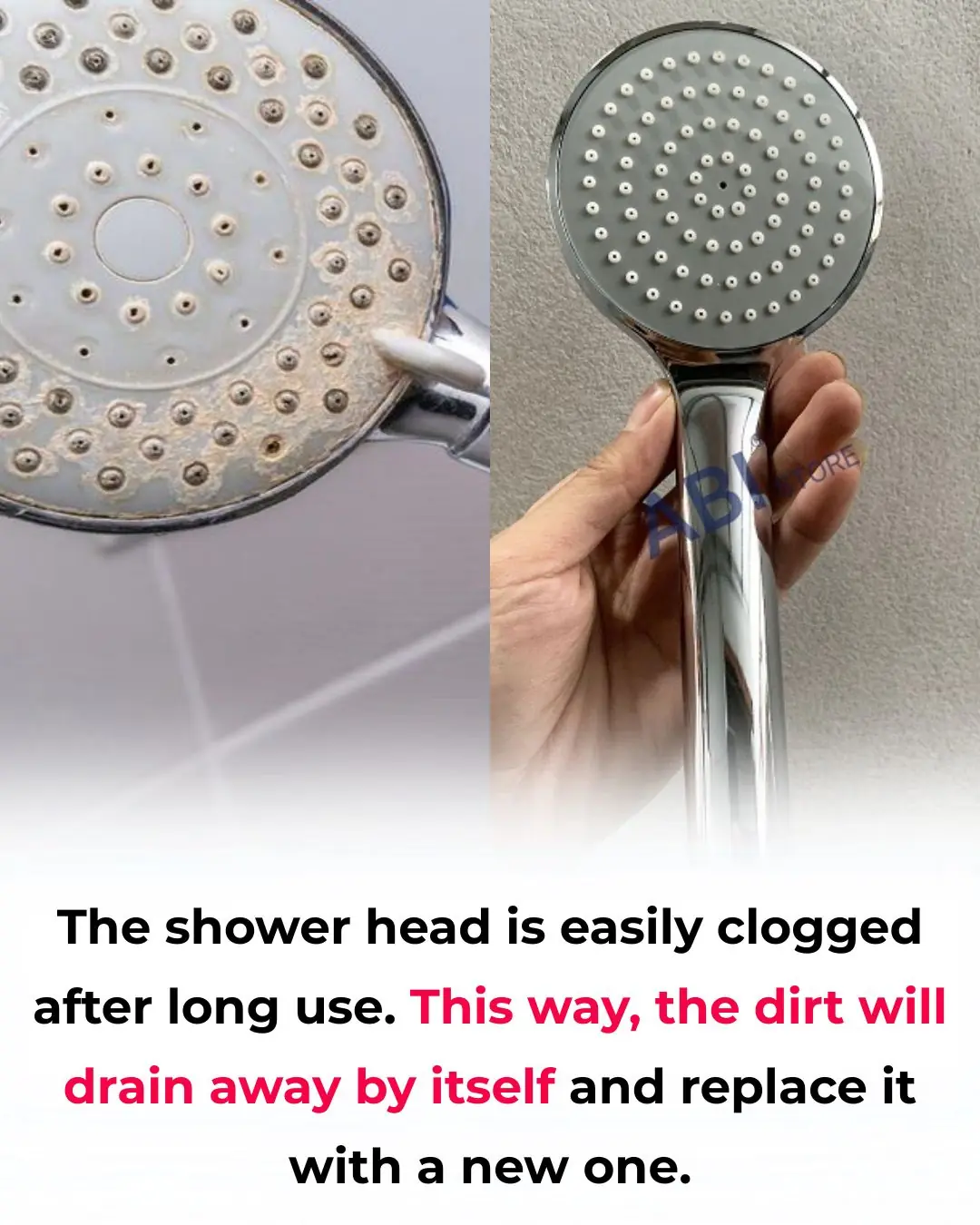
Shower Head Clogged After Long Use? Try This Method to Clean It Easily Without Spending Money
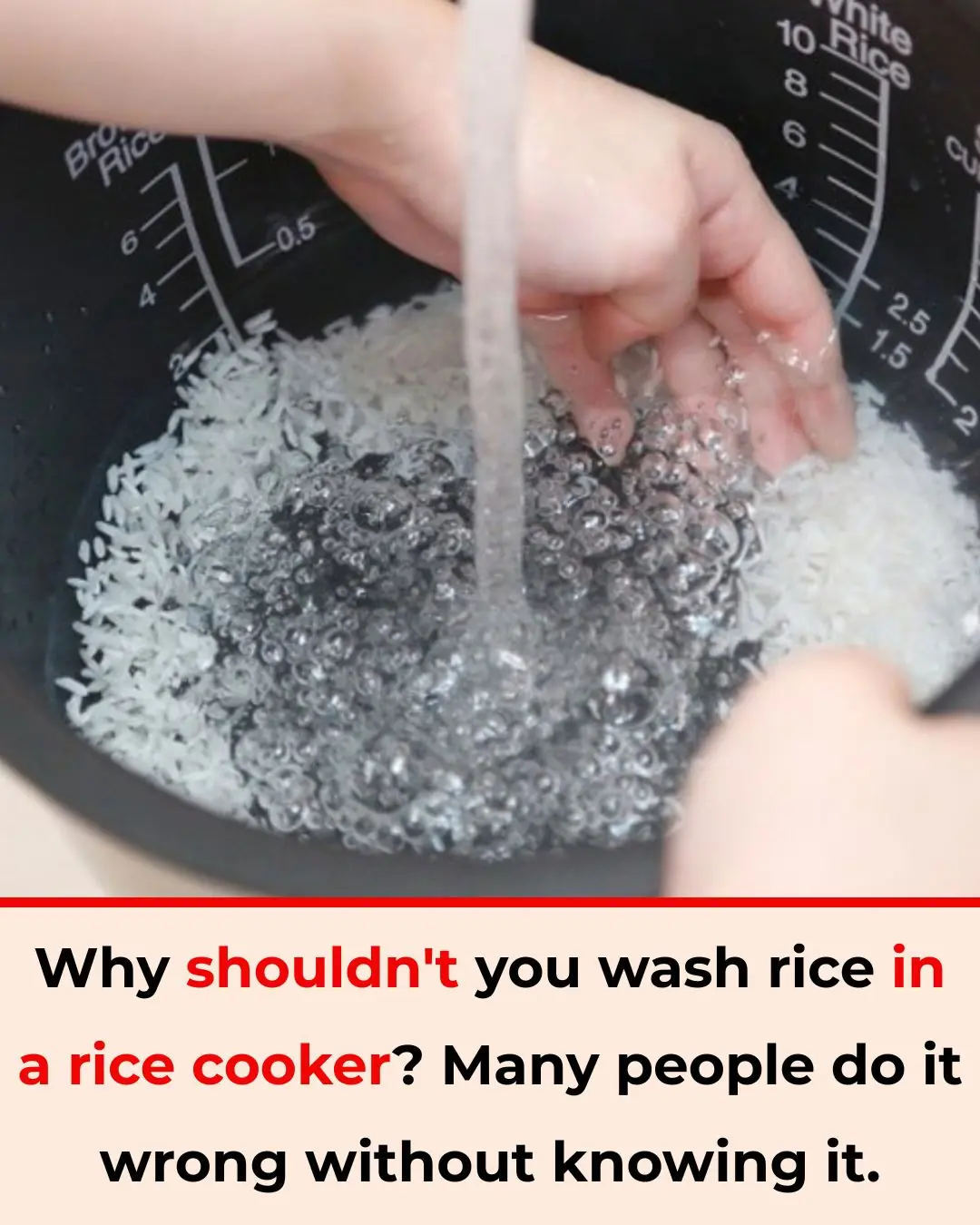
Why You Shouldn’t Wash Rice Inside the Electric Rice Cooker: A Common Mistake Many People Don’t Know
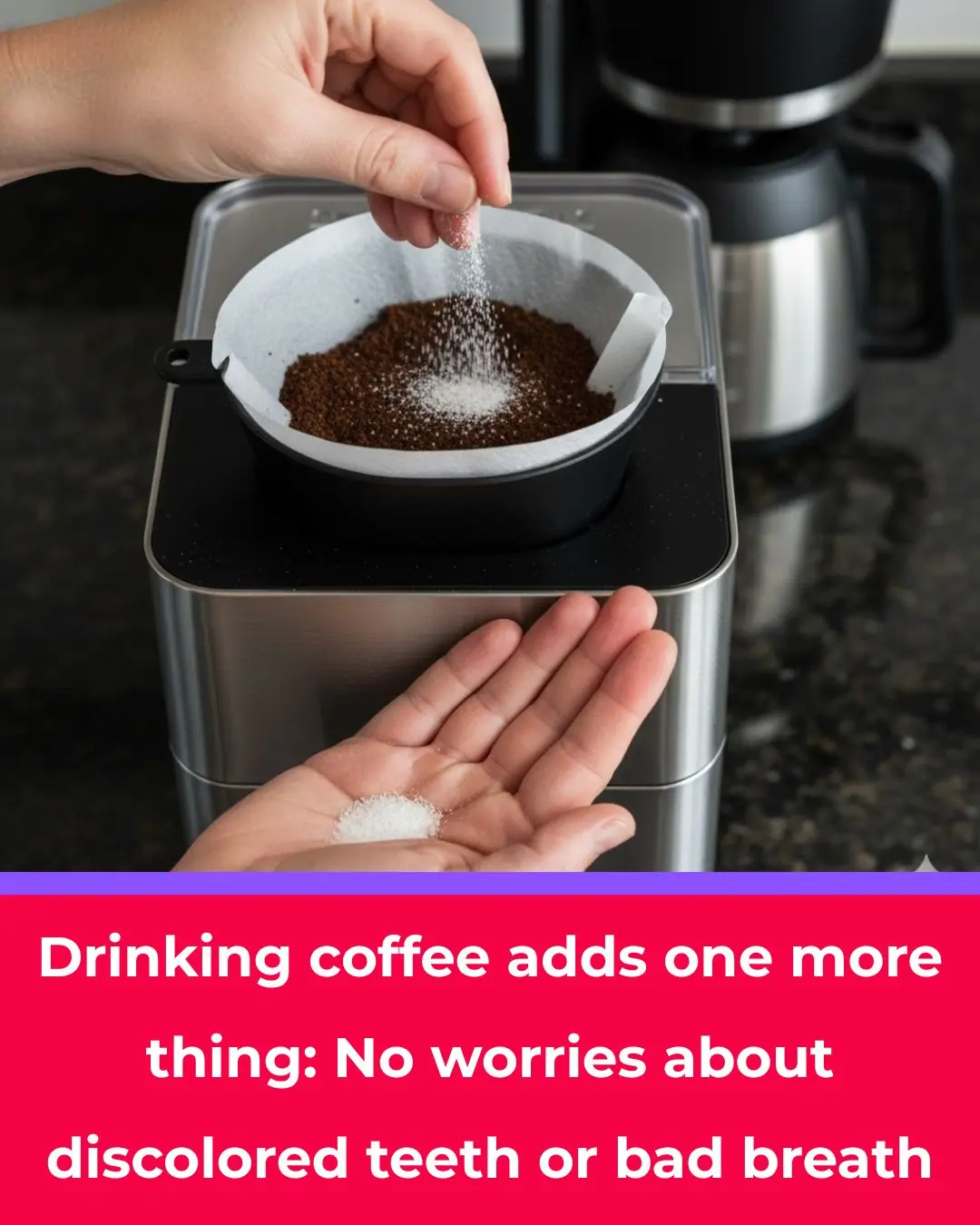
Add This Ingredient to Your Coffee: No More Yellow Teeth or Bad Breath
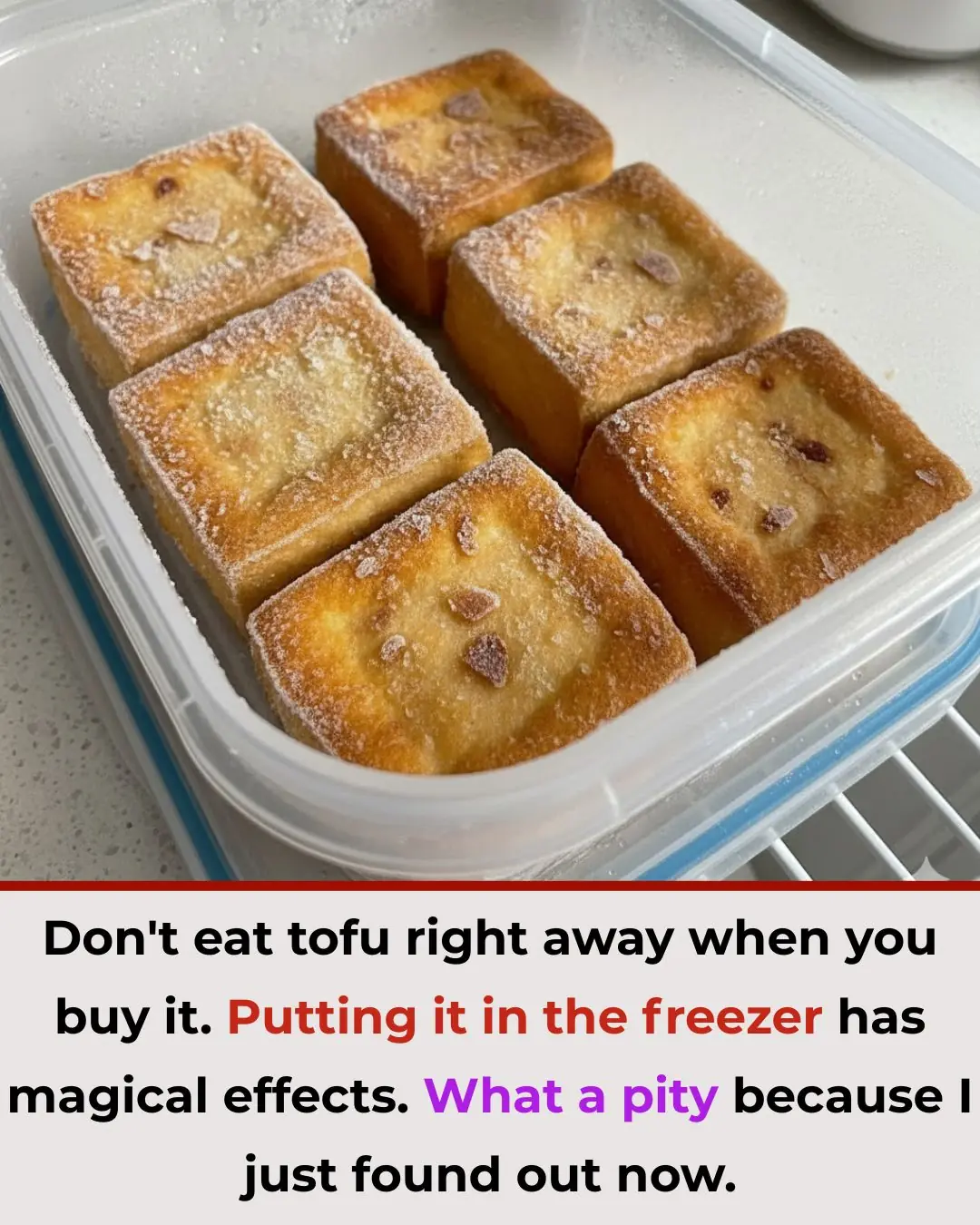
Don’t Eat Tofu Right Away After Buying It: Freezing It in the Fridge Has Amazing Benefits
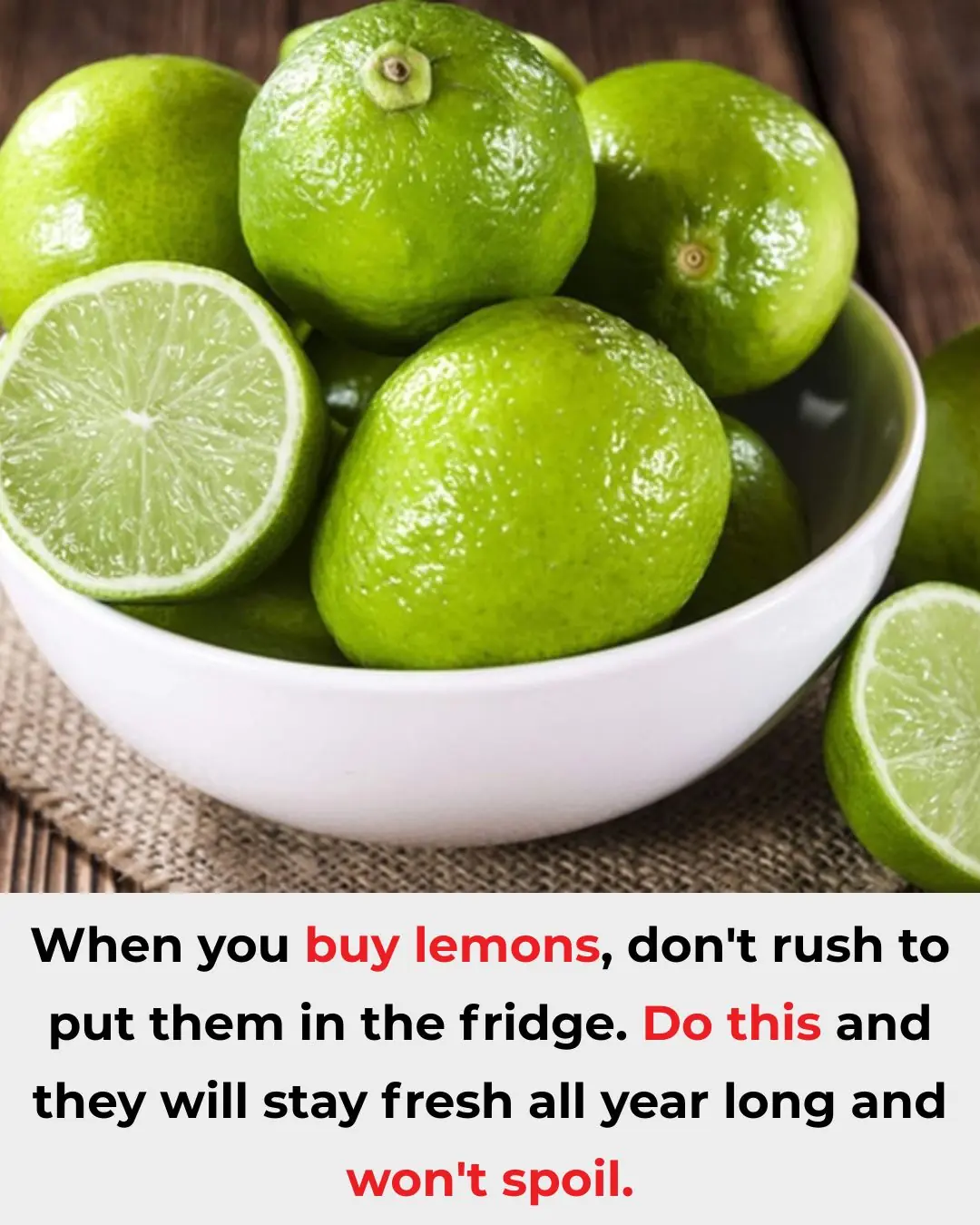
Don’t Rush to Store Lemons in the Fridge — Do This Instead to Keep Them Fresh All Year Without Bitterness
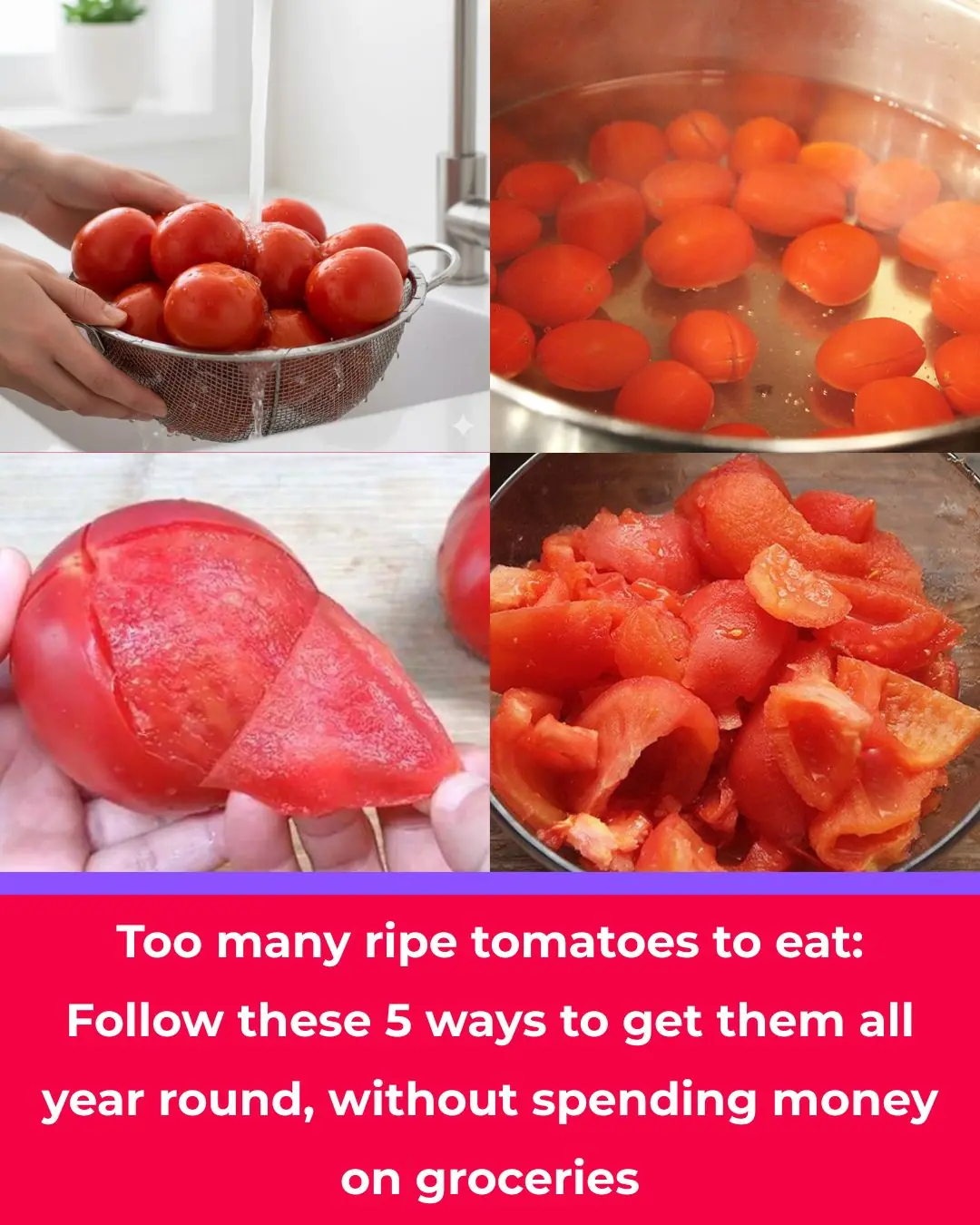
Too Many Ripe Tomatoes? Try These 5 Preservation Methods to Enjoy Them All Year — Without Spending on Fresh Ones

The “Miracle” Termite Prevention Methods for Wooden Furniture

Kelvin Fletcher and wife Liz share update as they reveal they're expecting 'new arrivals'

Don’t Clean a Dirty Rice Cooker with Plain Water: Use This Trick and It’ll Shine Like New in Just 5 Minutes

Gordon Ramsay shares health update as he reveals why he "had to come clean" over cancer diagnosis

KIM KARDASHIAN FAILS THE CALIFORNIA BAR EXAM

You’re Storing Your Winter Coats All Wrong — Here’s How to Do It Right

Prince Harry and Meghan Markle roasted over deleted Kris Jenner birthday photos as fans speculate ‘embarrassing’ reasons why

You’re Storing Your Batteries Wrong — Here’s How to Do It Right

The Right Way to Clean and Care for Your Winter Boots

Why You Should Regularly Clear Cookies on Your Smartphone

The One Show’s Alex Jones in tears as she makes emotional announcement: ‘We are all so proud of you
